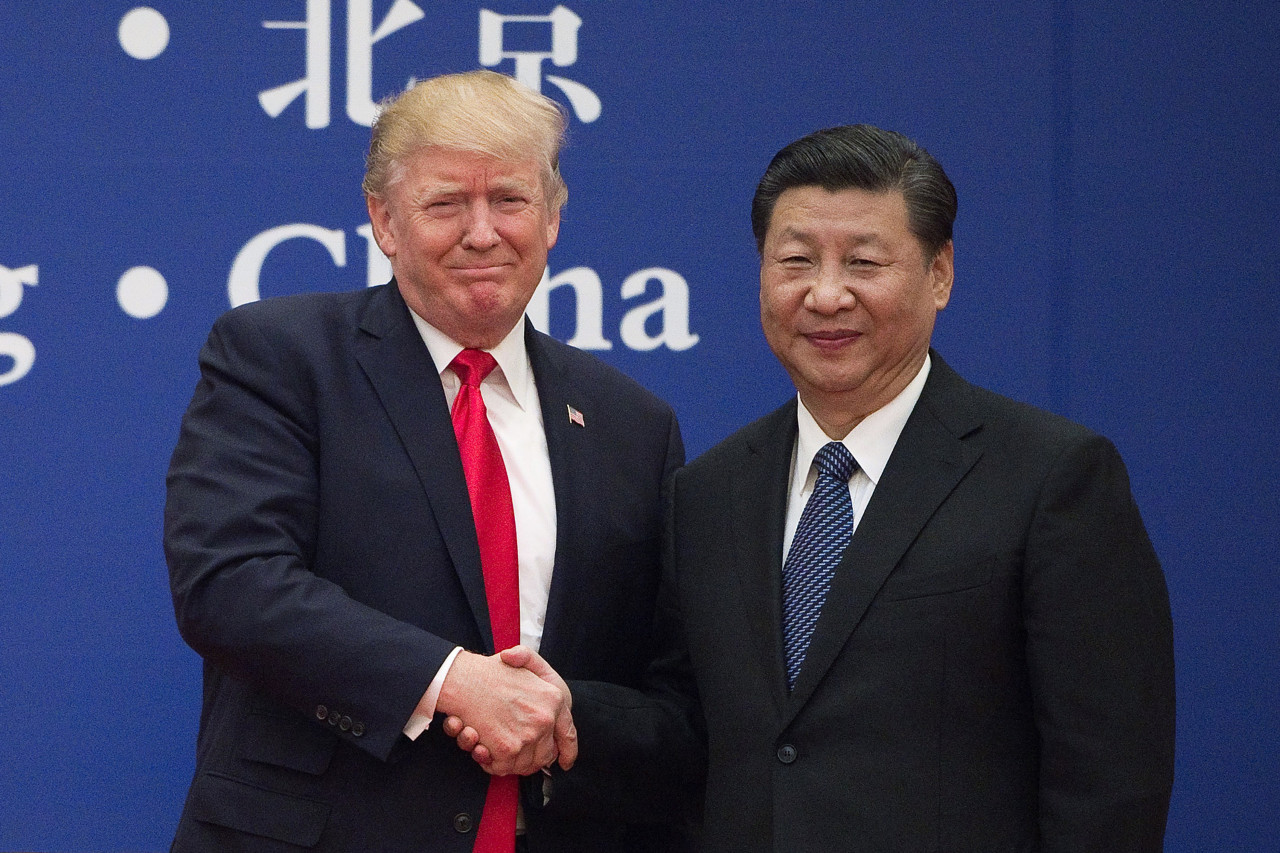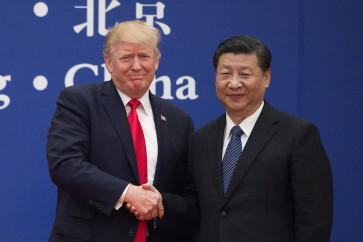Popular Reads
Top Results
Can't find what you're looking for?
View all search resultsPopular Reads
Top Results
Can't find what you're looking for?
View all search resultsChina plans, the United States reacts
While China has a strategic planning process, the US has neither a plan nor a strategy.
Change text size
Gift Premium Articles
to Anyone
C
hina’s leaders are hard at work putting the finishing touches on the country’s 15th Five-Year Plan. Meanwhile, since the beginning of his second term, United States President Donald Trump has issued a record 205 executive orders and signed only a handful of bills into law. The comparison is striking: While China has a strategic planning process, the US has neither a plan nor a strategy.
The planning exercise is a foundational pillar of the People’s Republic of China. The first plan ran from 1953 until 1957 and was strongly influenced by Mao Zedong’s post-revolutionary relationship with Joseph Stalin. Over the ensuing years, the plans became more elaborate, as did the preparation process.
The State Planning Commission that set Soviet-style industry targets in the early 1950s was eventually replaced by the National Development and Reform Commission. In addition to following the guidance of the Communist Party of China and drawing on the expertise of the ministries that comprise the State Council, the NDRC consults with outside academics and industry leaders. The gestation period for China’s planning process is long: As soon as the National People’s Congress approves a five-year plan, work on the next one commences.
China’s five-year plans have been far from perfect. The first four were unmitigated disasters, dominated by Mao’s ideological zealotry and overreach. The second plan (1958-62) featured the catastrophic Great Leap Forward, while the fourth plan (1971-75) was shaped by the disastrous Cultural Revolution.
It was not until the fifth plan (1976-80), which ushered in Deng Xiaoping’s post-Mao reforms and opened up the economy, that the planning process became more proactive and focused on boosting growth and prosperity. The ninth plan (1996-2000) unleashed a wave of reforms to overhaul state-owned enterprises. The 11th (2006-10) and 12th plans (2011-15) laid the groundwork for China’s consumer-led rebalancing strategy, an unfinished agenda item that many hope will be refined in the upcoming 15th plan (2026-30).
By contrast, America abhors planning. The “invisible hand” of the market, not government targets and directives, allocates the country’s scarce resources. In theory, monetary and fiscal policymakers can guide and intervene in the US economy, aided by the interplay between executive and congressional authority over federal budgeting. But in practice, that process has all but broken down under intensifying political polarization.
Over the past three decades, partisan battles over spending cuts (in the Clinton era), health care (in the Obama era) and the border wall (in Trump’s first term) have caused a series of government shutdowns. Now, another fight looms over the One Big Beautiful Bill Act’s spending cuts and the trillions of dollars its tax cuts will add to the deficit.


















